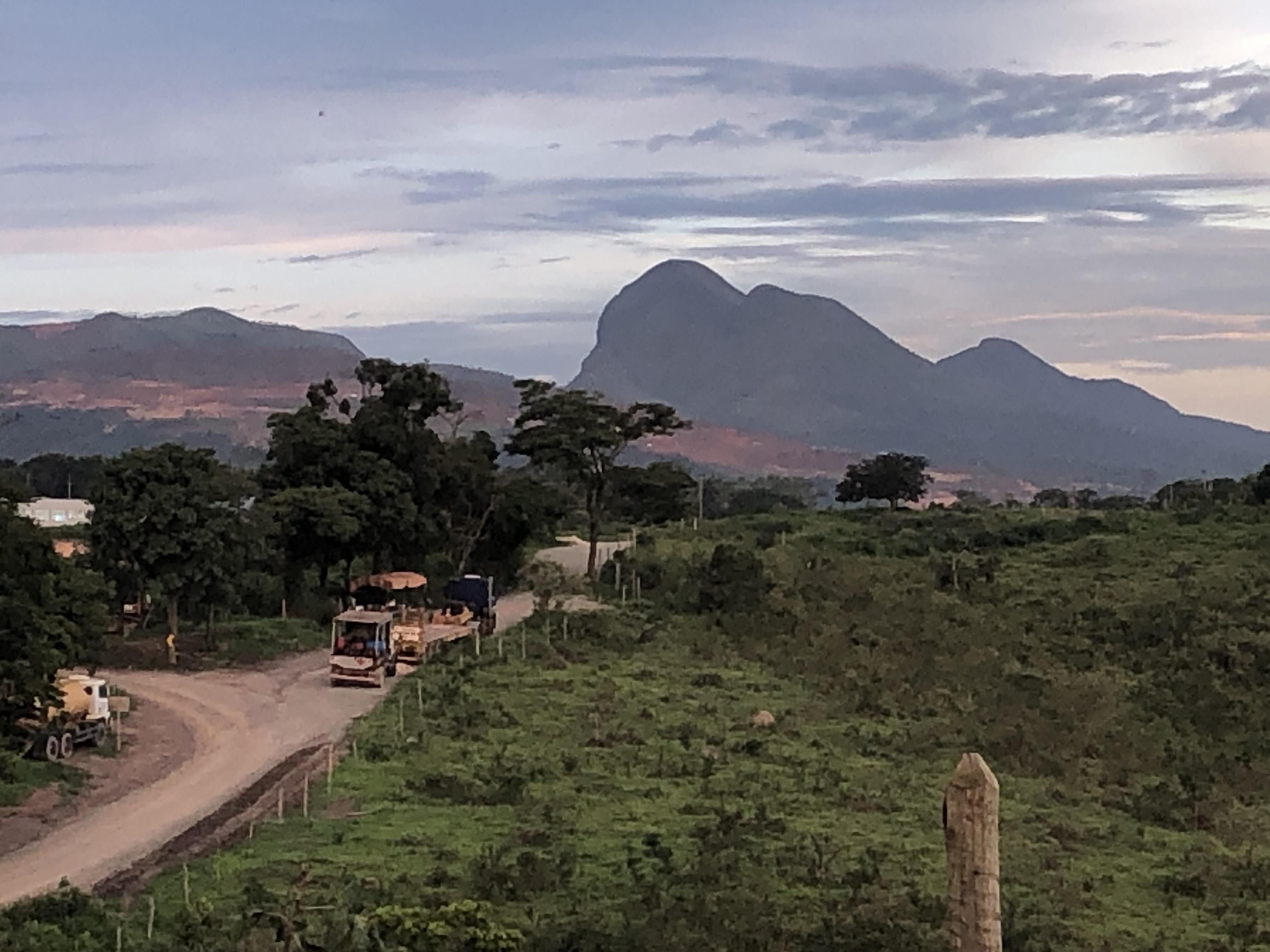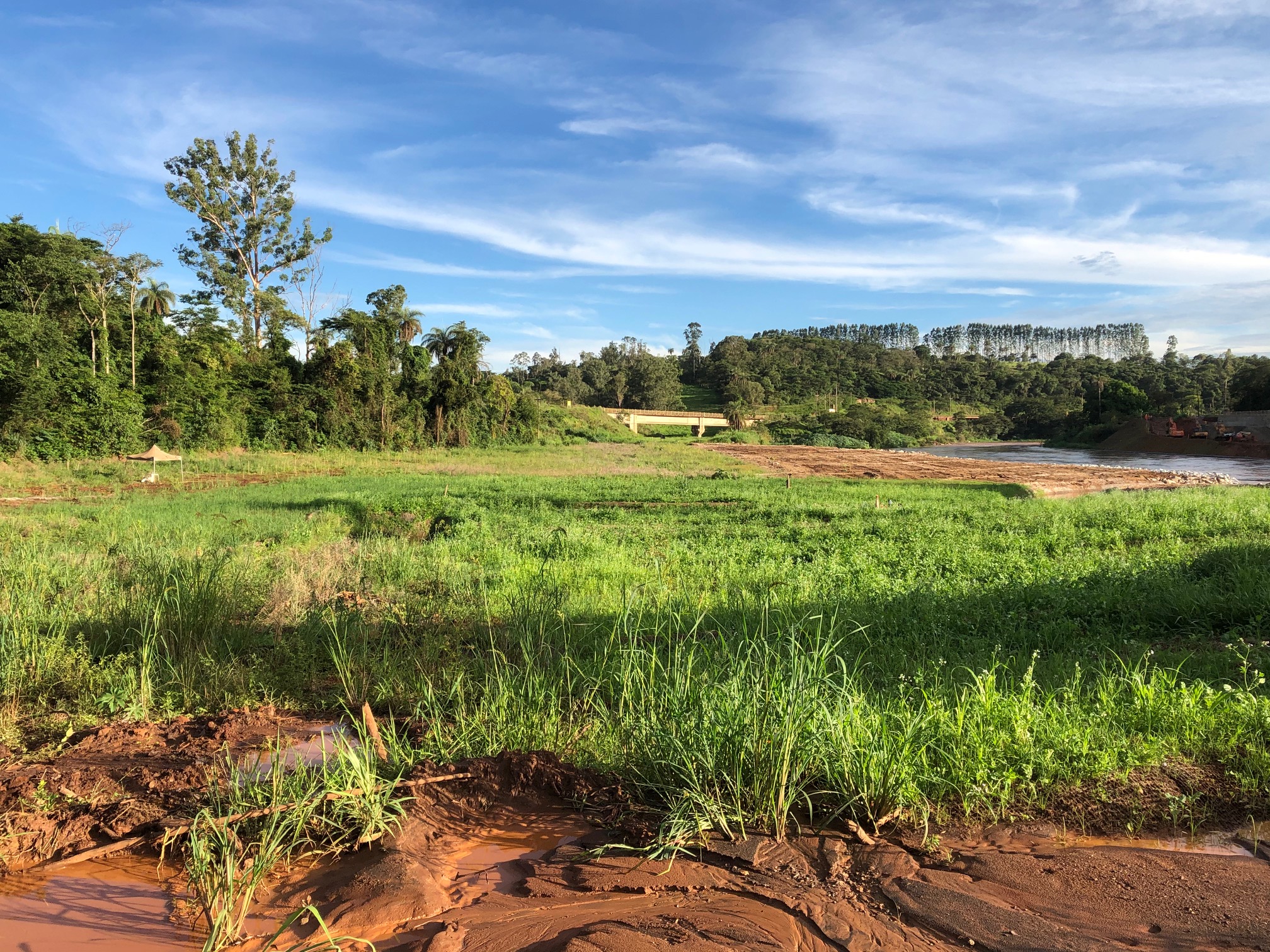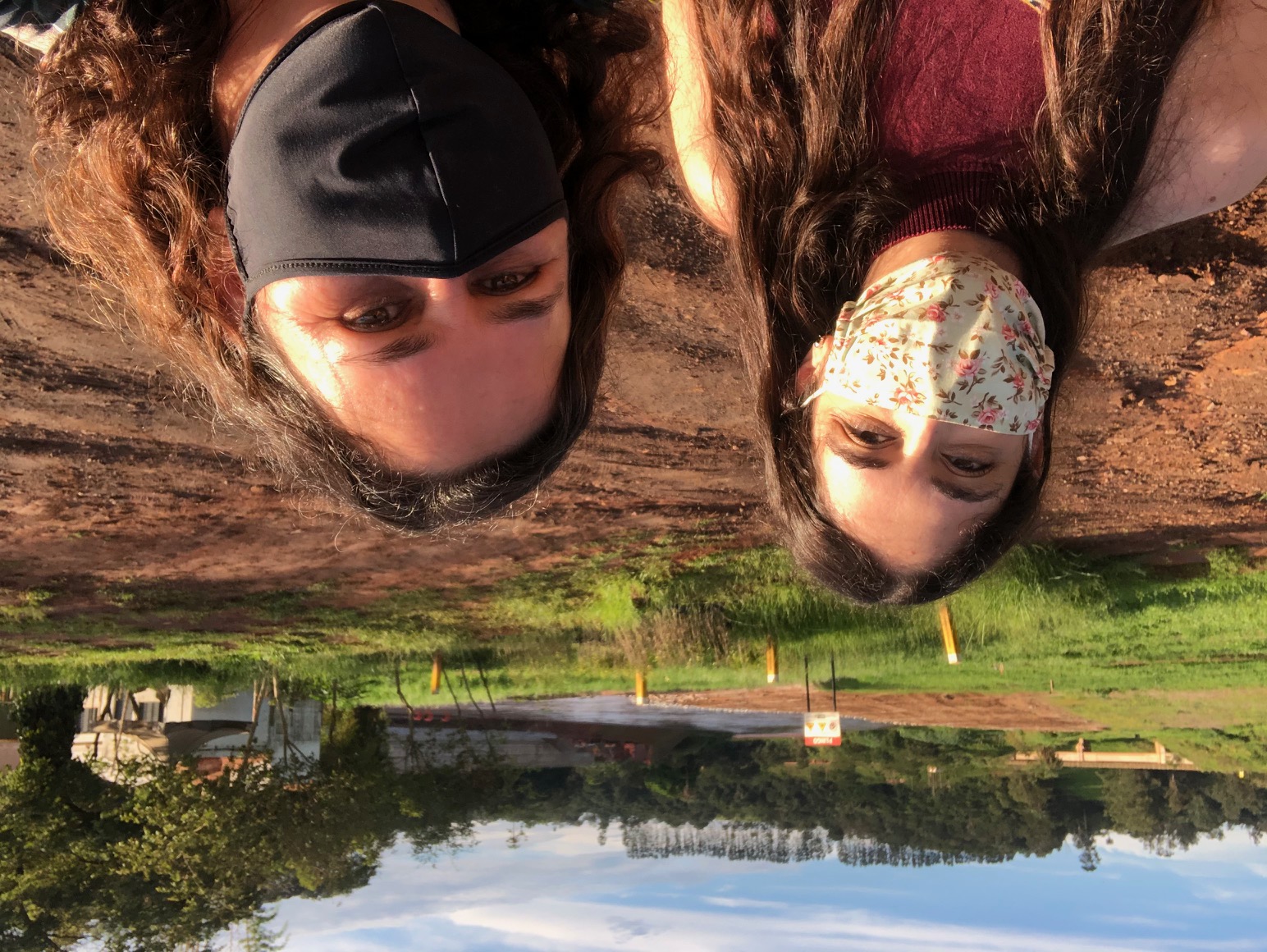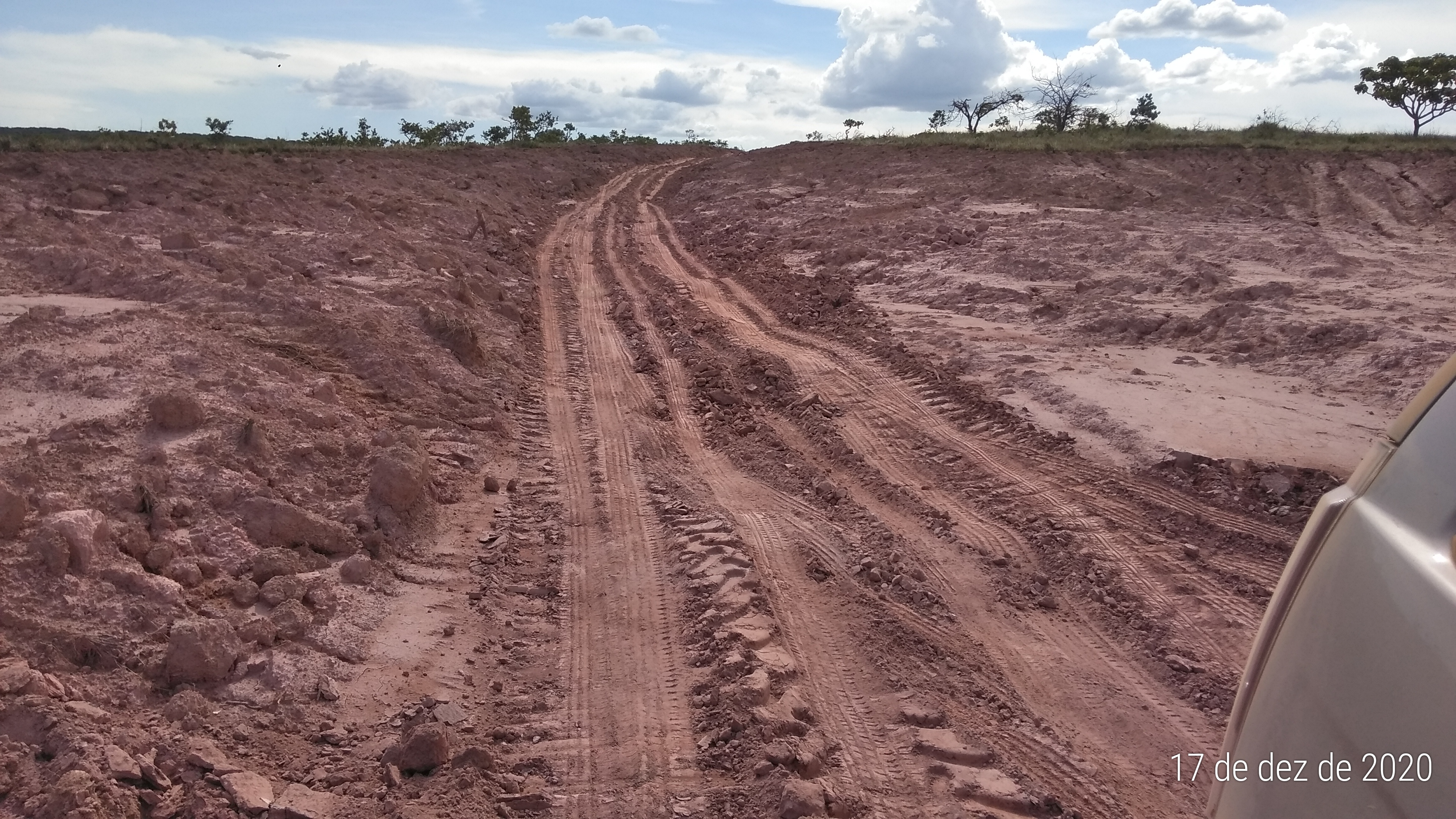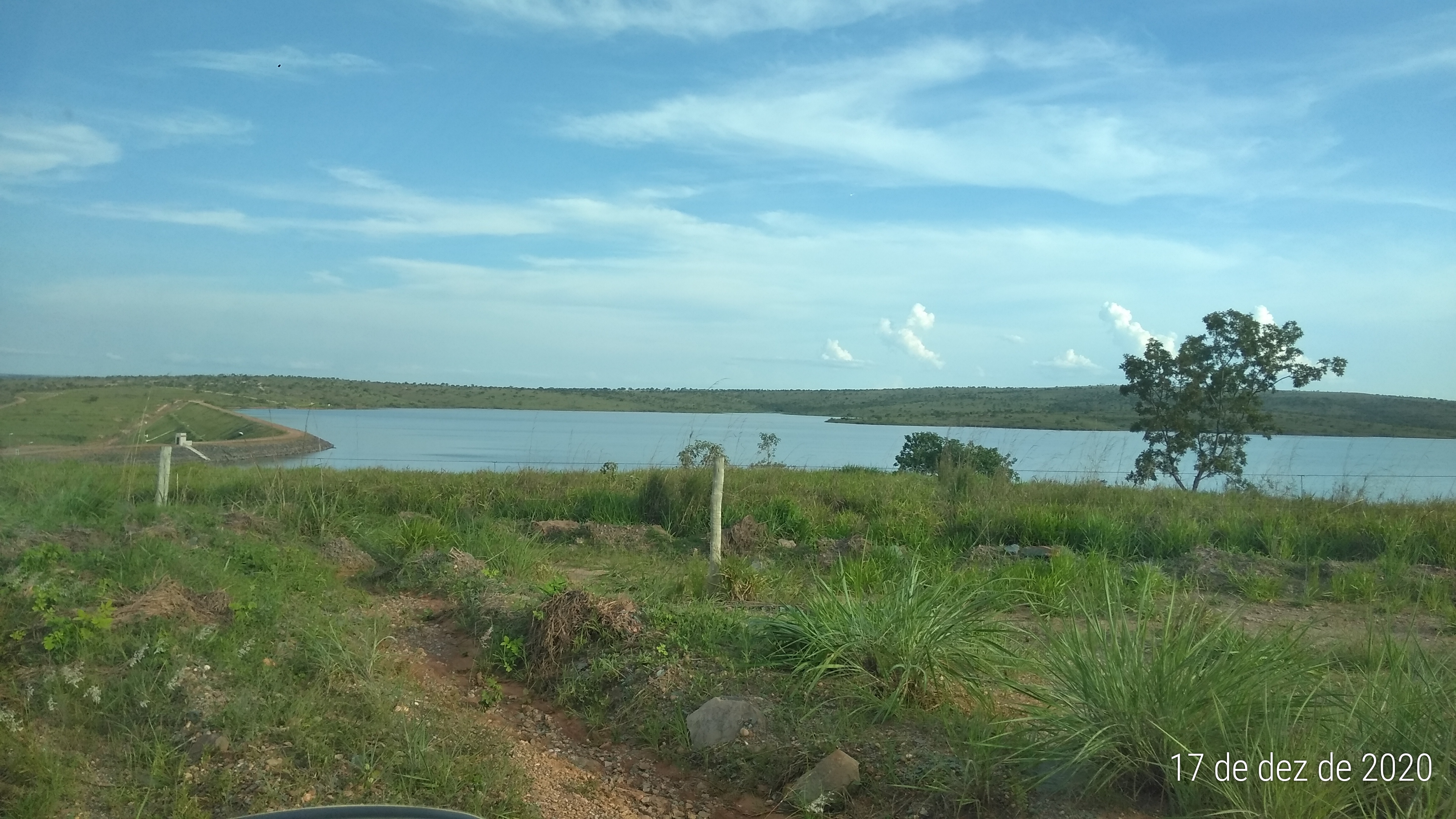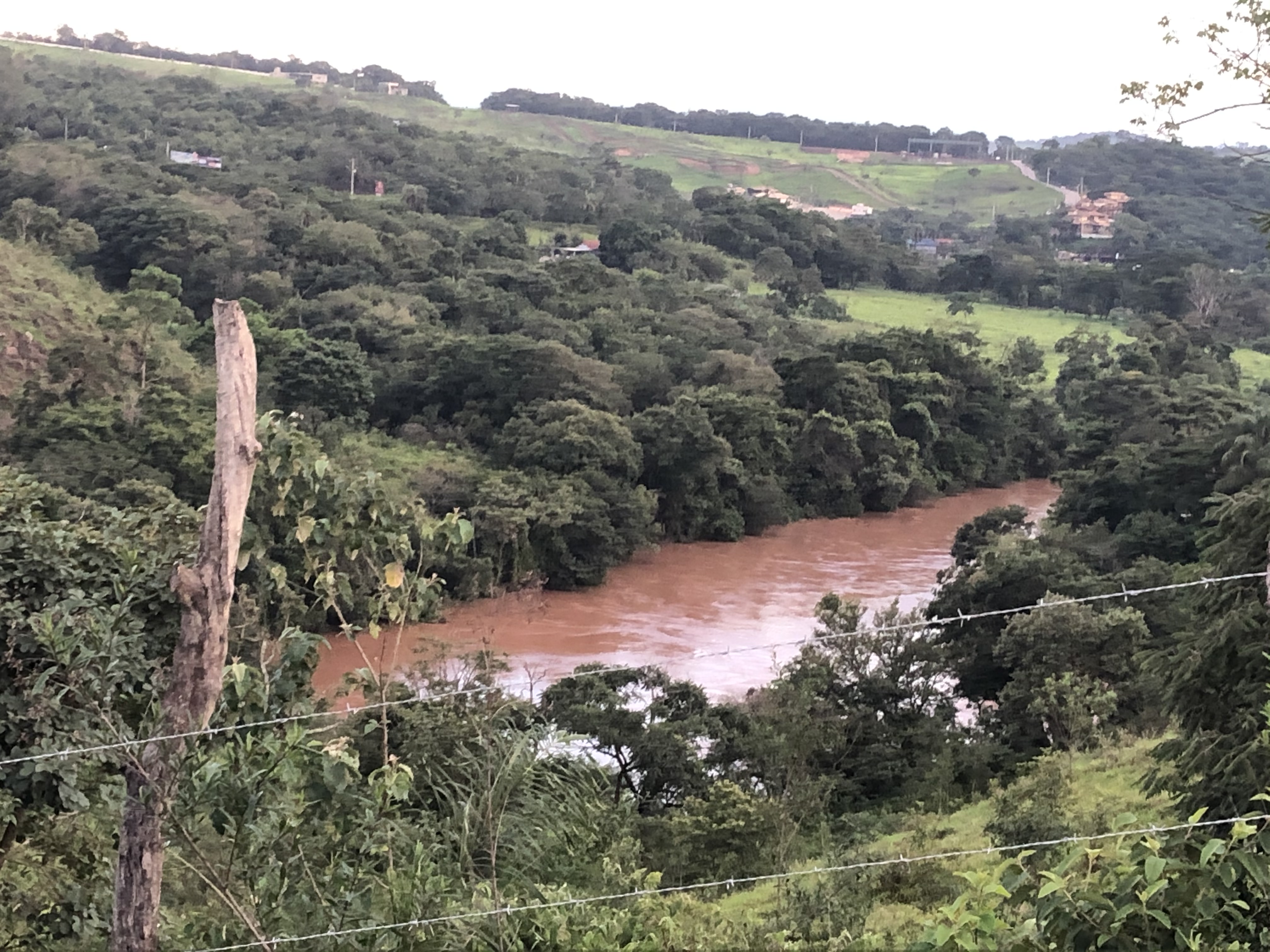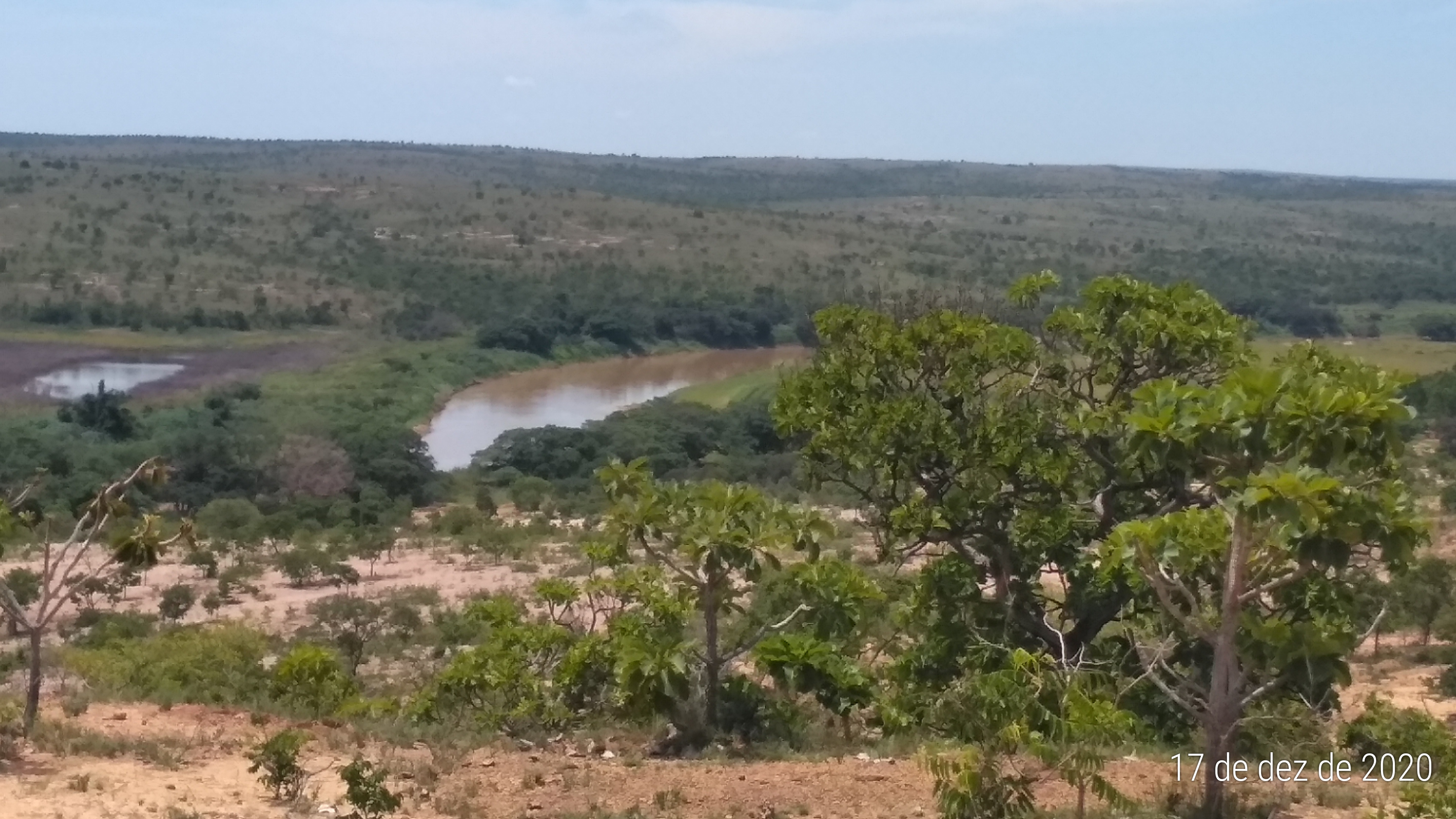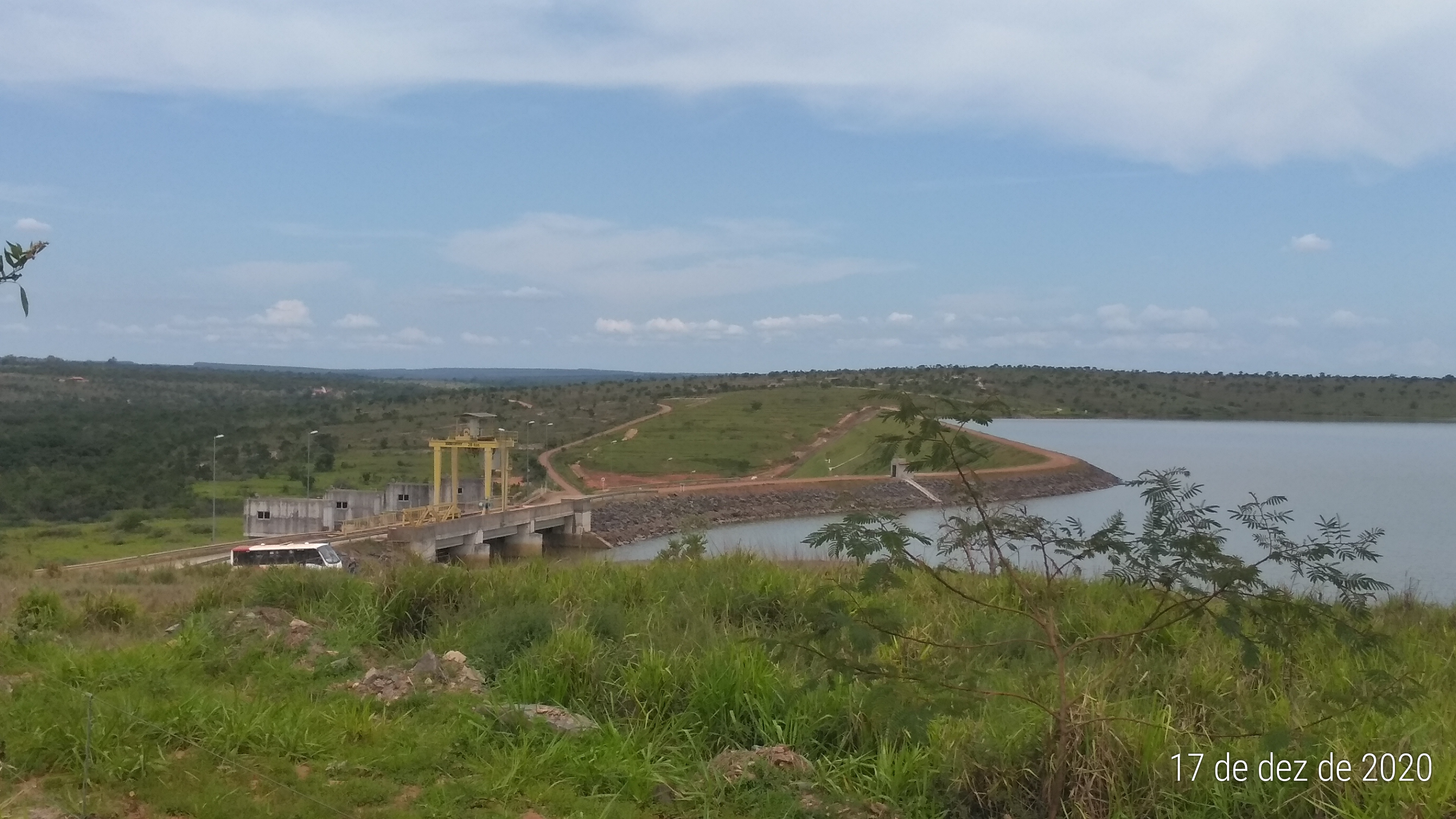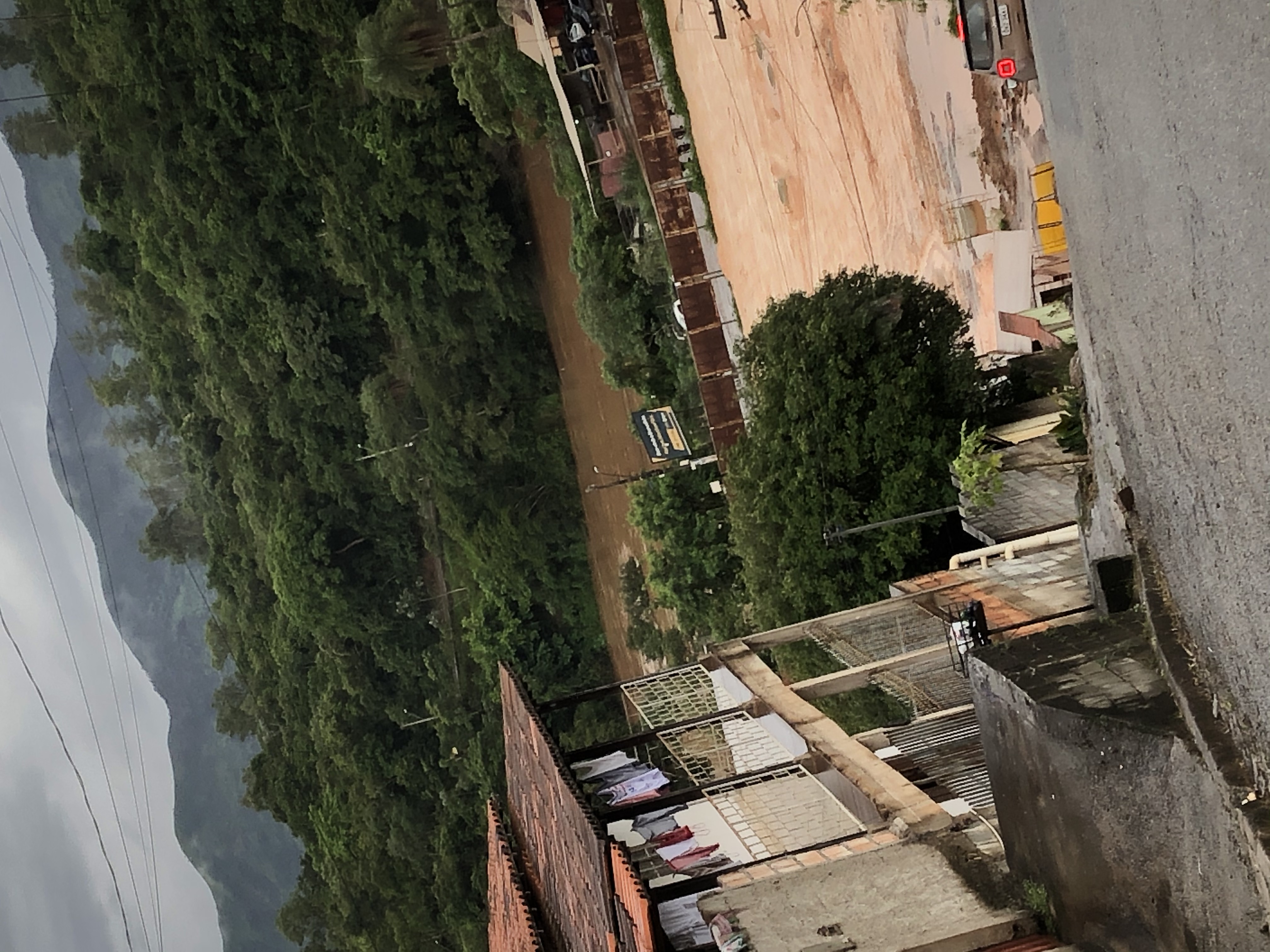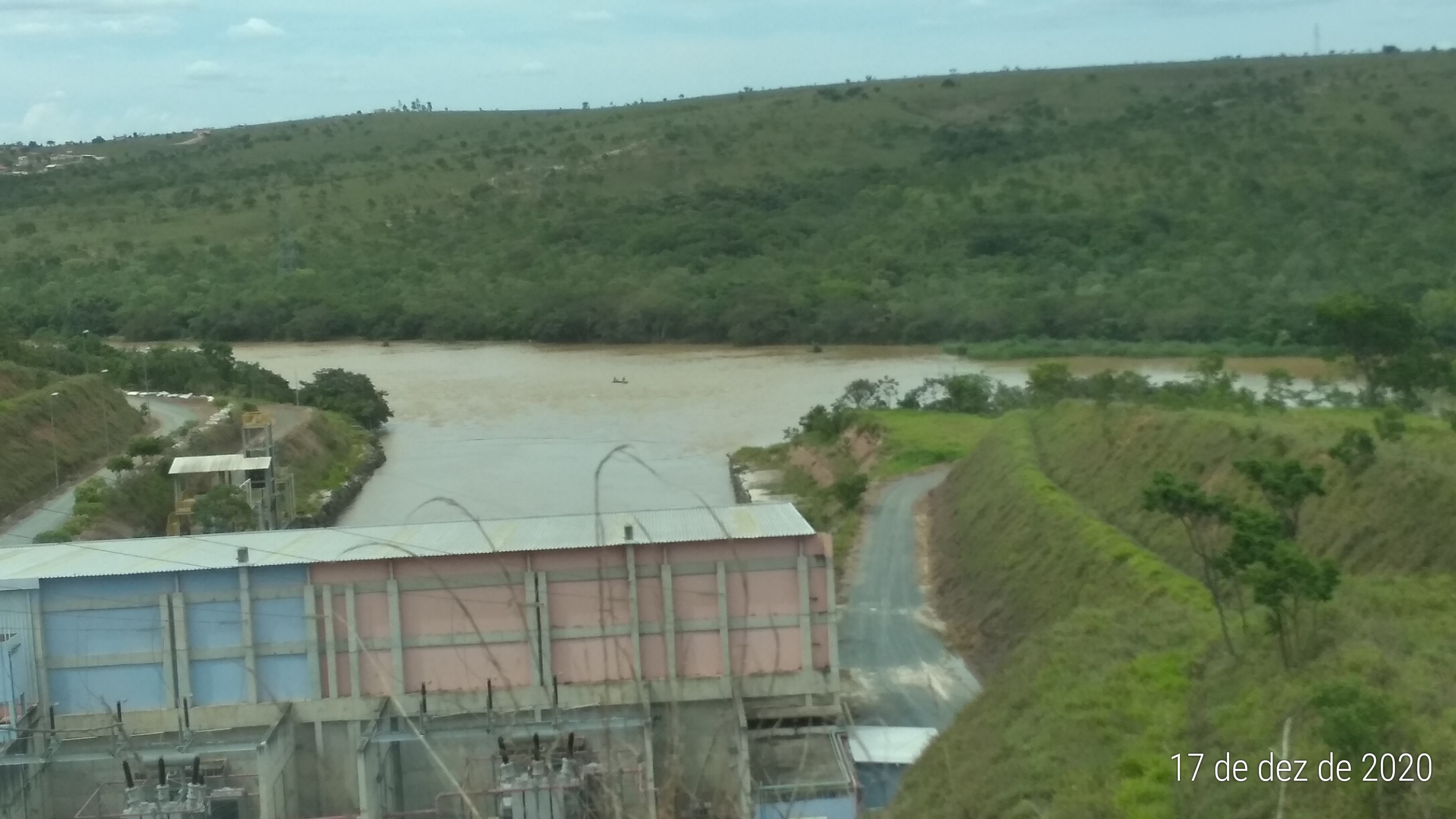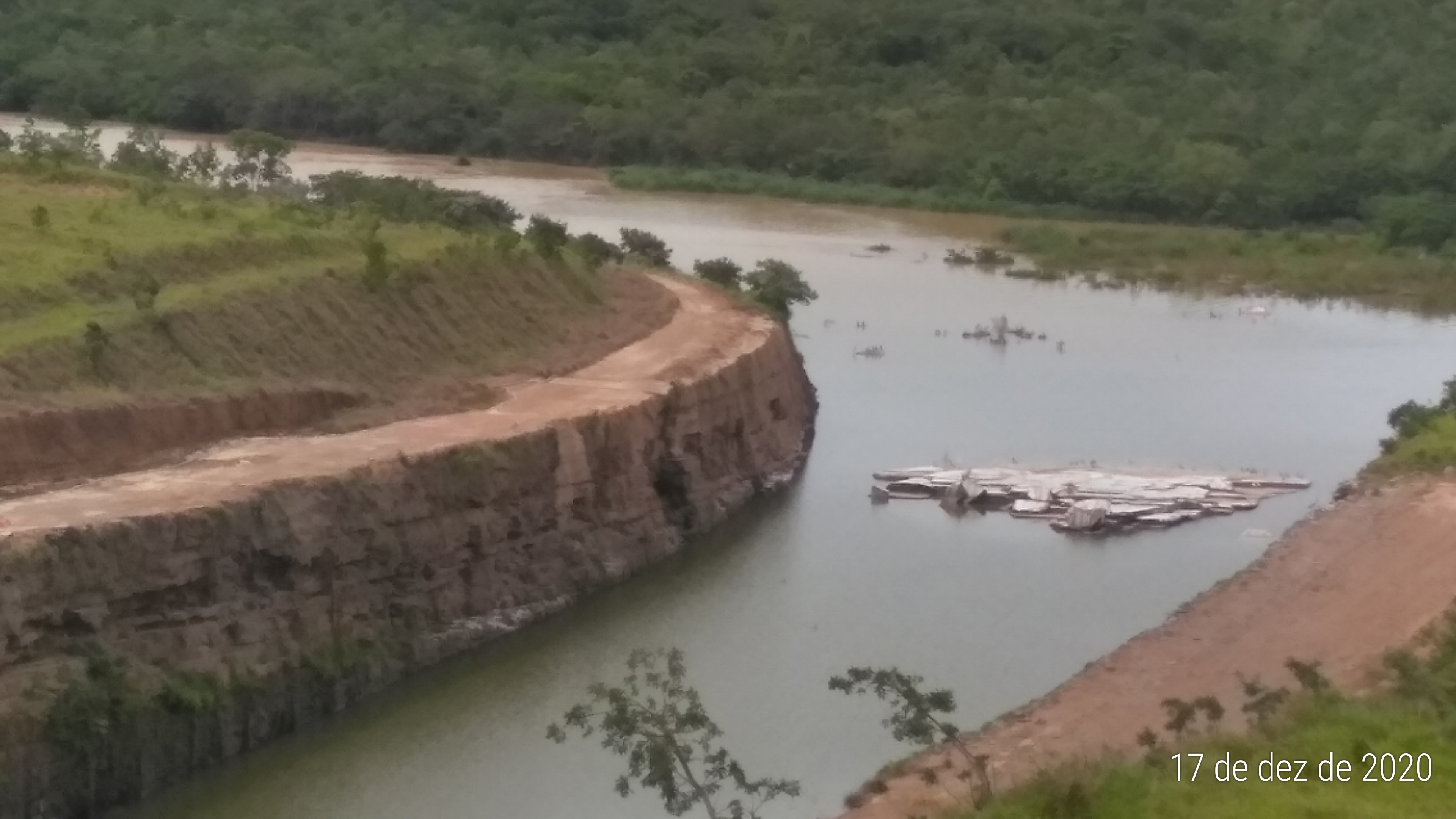Importance of groundwater quality assessment in the region affected by the dam breach
Posted in 08/02/2021
During the mining process, the metals of interest are separated and the waste generated (disposal) is sometimes accumulated in the dams, potentiating the concentration of metals and metalloids, some of which are toxic. With the rupture of the B1 dam of the Córrego do Feijão mine, owned by the mining company Vale S.A, these elements that have been thrown into the environment can penetrate soil and water bodies and cause contamination of surface and underground water.
Contamination with mercury (Hg), arsenic (As), lead (Pb), cadmium (Cd), chromium (Cr) and nickel (Ni) causes greater concern due to the high toxicity elements, even at low levels. For this reason, these elements are the subject of many studies and the target of the attention of many water quality monitoring programs, both surface and underground. The probability of these elements, which are available in the rocks and are extracted during the mining process, to reach a certain level of concentration in the waters and present risks to the environment and to human health is not small.
Instituto Mineiro de Gestão das Águas (IGAM) initiated daily emergency collections and analyzes of water samples and weekly sediment collections from the day the disaster occurred in Brumadinho. The results obtained are found in the information available on the IGAM website and indicate the increase in concentrations of toxic metals such as mercury and lead immediately in the first days after the disaster. The subsequent reports showed a normalization of the concentration values found for these elements.
It is important to note that since the dam burst, the water intake from the Paraopeba River for treatment and availability for human consumption was interrupted downstream from the point where the Ribeirão Ferro-Carvão confluence with the Paraopeba River. This fact resulted in an increase in the use of groundwater for various purposes, in addition to the drilling of new wells to guarantee the population's supply (IGAM). The groundwater monitoring program of the State of Minas Gerais is being implemented by IGAM and there is still no data on the water quality of groundwater wells granted by the State Secretariat for the Environment and Sustainable Development (SEMAD).
Therefore, it is not only important but also urgent that the quality of the properties' groundwater be assessed along the Paraopeba River. These waters have been used for human consumption, irrigation and animal drinking, which raises doubts regarding the direct impacts on human health and socioeconomic losses related to trade in agricultural products produced in the region. Thus, a systematic assessment is relevant to reassure consumers who are using this water.
This is the objective of Subproject 10 : to collect groundwater samples from the Paraopeba River basin to determine the presence of metals, metalloids, thermotolerant microorganisms and Escherichia Coli. Subproject 10 and its team will propose and execute a plan for collecting groundwater samples from the Paraopeba River basin according to the sampling plan presented by the Technical-Scientific Committee (CTC), which includes 144 collection points.
The Subproject 10 team is currently in the field to start the proposed subproject stages. Check out the photos of the trip to the field below!
Veja as fotos do subprojeto em campo
